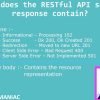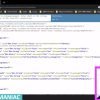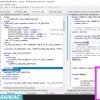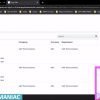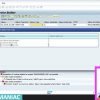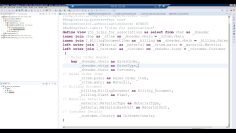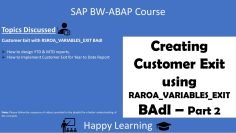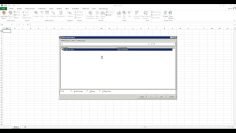This video is a tutorial on the concept of concurrency control and ETag in OData. The presenter explains these concepts in detail, demonstrating how they can be used to manage scenarios where multiple users want to update the same table or fields. Here’s the summary:
Introduction to Concurrency Control and ETag in OData: The video starts with an explanation of concurrency control and ETag in OData. The presenter discusses how these concepts can help manage scenarios where multiple users want to update the same table or fields.
Concurrency Control Types: The presenter discusses different types of concurrency control, including pessimistic, optimistic, and semi-optimistic concurrency control. The presenter explains how these types of concurrency control can be used in different scenarios.
Concurrency Control in Practice: The presenter demonstrates how concurrency control works in practice by showing an example where two users want to update the same data. The presenter explains how concurrency control can help avoid confusion and ensure that the most recent updates are reflected in the data.
Entity Tag (ETag): The presenter introduces the concept of an entity tag (ETag), which is part of the HTTP protocol. The ETag is used to determine whether the data has changed since it was last read, which is crucial for managing updates in a concurrent environment.
Demonstration of Concurrency Control and ETag: The presenter demonstrates how to implement concurrency control and ETag in an OData project. The presenter shows how to set a property as an ETag and explains how the framework handles the ETag comparison during data updates.
Error Handling: The presenter discusses common errors that can occur when implementing concurrency control and ETag, such as the “precondition failed” error. The presenter shows how to handle these errors and ensure that the data updates are executed correctly.
Updating Data with ETag: The presenter demonstrates how to update data using an ETag. The presenter explains that the ETag value must be passed whenever updating data and shows how the system compares the ETag value with the current value to determine whether the data has changed.
Conclusion: The video concludes with a recap of the concepts covered and a demonstration of how to use the ETag and concurrency control in OData. The presenter emphasizes the importance of these concepts for managing data updates in a concurrent environment.





